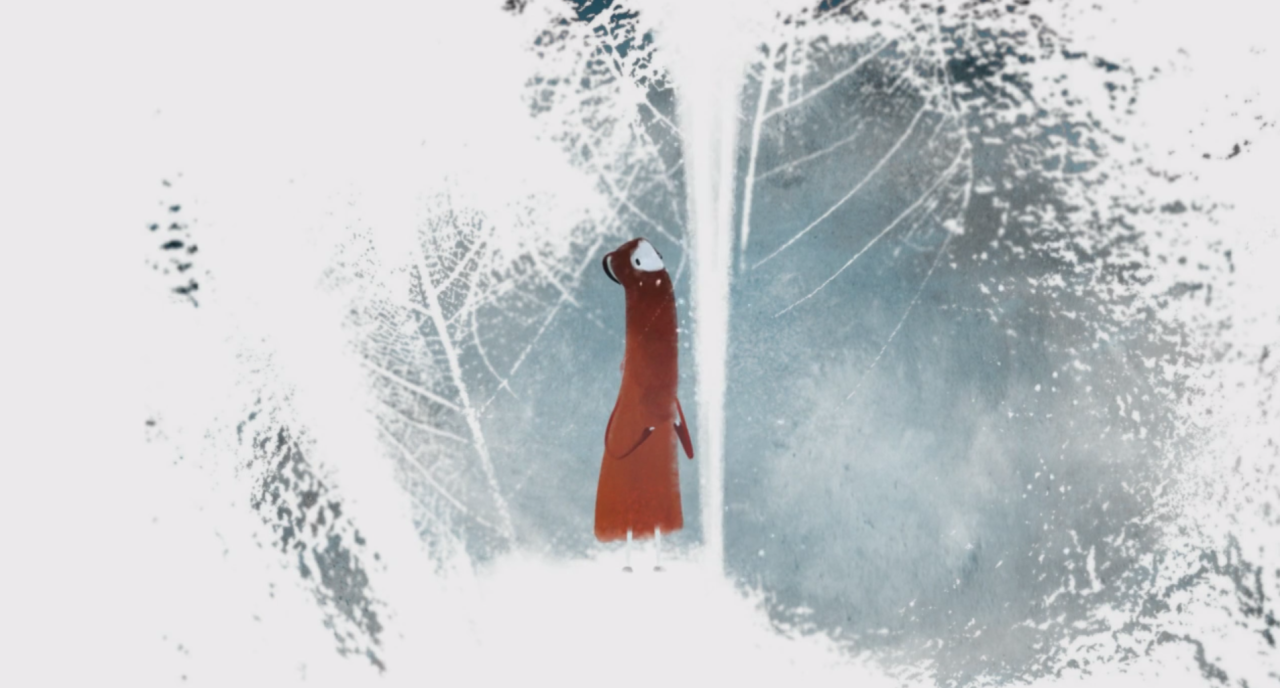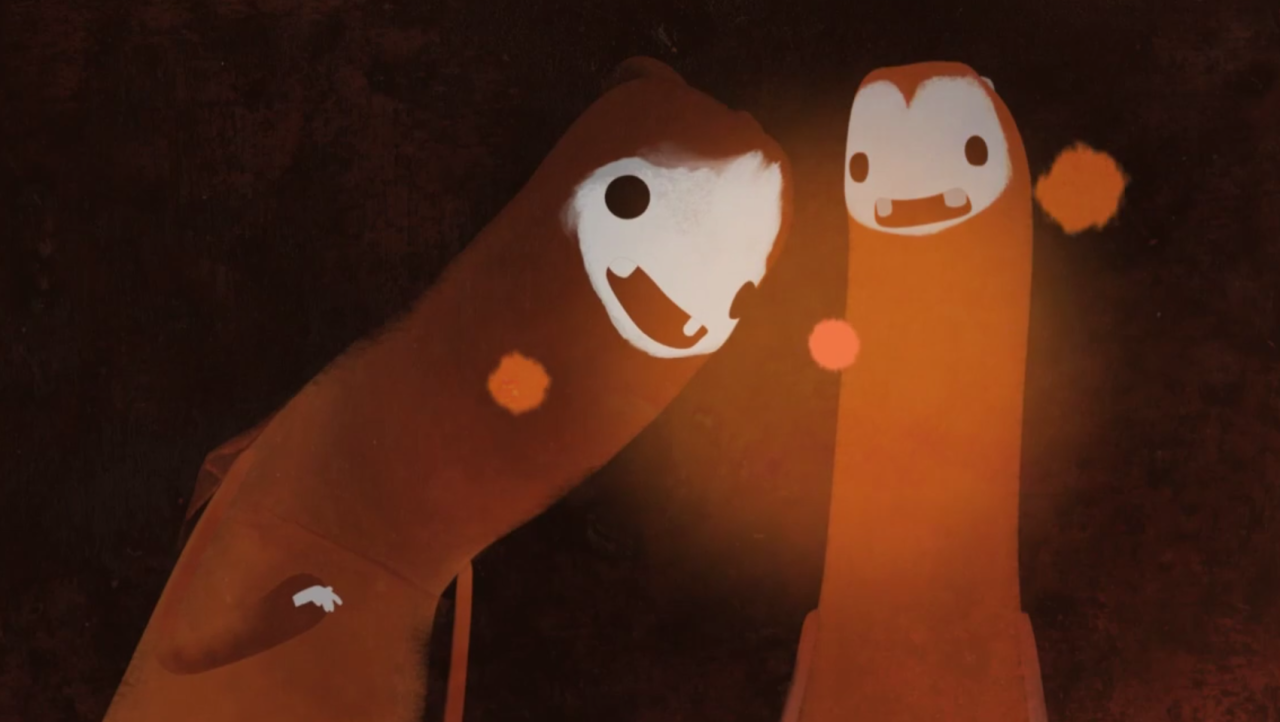Comparing different versions of familiar stories can be a great example of how many ways there are to see the world. The video above is a fascinating example: Winnie-the-Pooh or Vinni-Pukh (1969) by Russian animator Fyodor Khitruk.
Created between 1969 and 1972, Khitruk's three films star a bear named "Vinni-Pukh" who looks nothing like the Winnie the Pooh that Westerners grew up with. But viewers will certainly recognize the storyline and spirit of the original Pooh in the Soviet adaptations. For decades, these films have enchanted Eastern European viewers, both young and old. And they still occasionally appear on Russian TV.
Watch Winnie-the-Pooh Goes on a Visit (1971):
And Winnie-the-Pooh and the Day of Concern (1972) in two parts:
Via Open Culture



.JPG)











